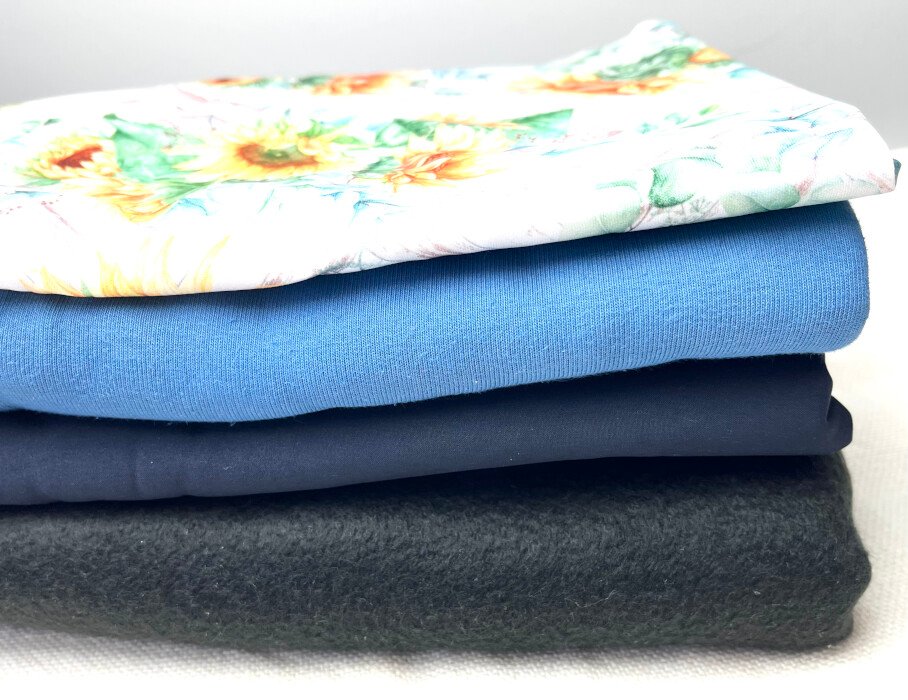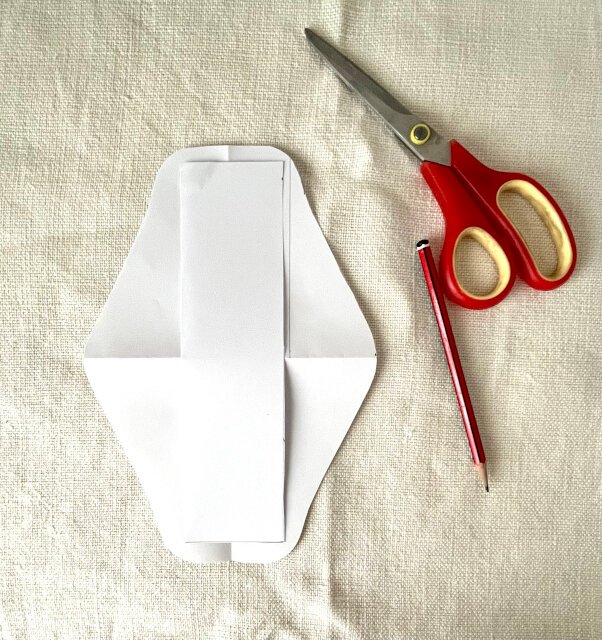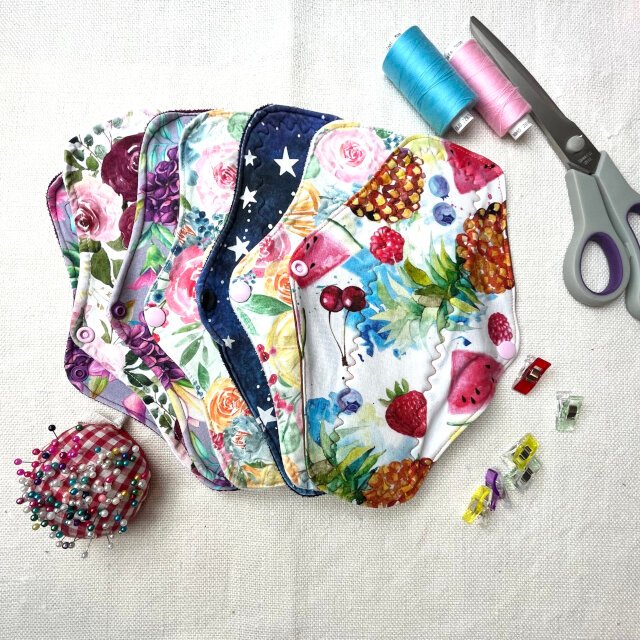When I started making the reusable pads, the choice of the materials was quite daunting. Every option on the mainstream reusable market was for a stay dry top and PUL (polyurethane laminate) back, and that was what I first made.
I was happy at first but soon the excitement died away with a realisation that I would like to make something that is easier to dry and does not feel so hot in the regular heatwaves we seem to be getting these days. In addition, with my second baby coming, I knew that I wanted to try all natural reusable maternity pads that would be reasonable quick to dry, considering how long I would have to use them. So what materials for reusable pads have I tried? Well, better question is what materials I have not tried!
Throughout a four part series I will share the most common and the best materials to use for reusable pads, explaining the pros and cons of each and highlighting my choices. I will also include the customisation options and materials for reusable pads to make menstrual pad, incontinence pad and maternity pad.
Here is the full series list:
- Backing materials for reusable pads
- Absorbent materials for reusable pads
- Top layer materials for reusable pads
- Closure options and materials for reusable pads
In the first part of the series, I will be discussing the backing materials for reusable pads to make them water resistant.
List of backing materials for reusable pads
These are the types of fabrics that I would suggest as suitable for backing layer. I will be discussing each in more details below.
- PUL (polyurethane laminate)
- Softshell
- Polar fleece
- Antipill fleece
- Cotton sweatshirt / combed cotton terry
Backing materials for reusable pads in detail
PUL (polyurethane laminate)
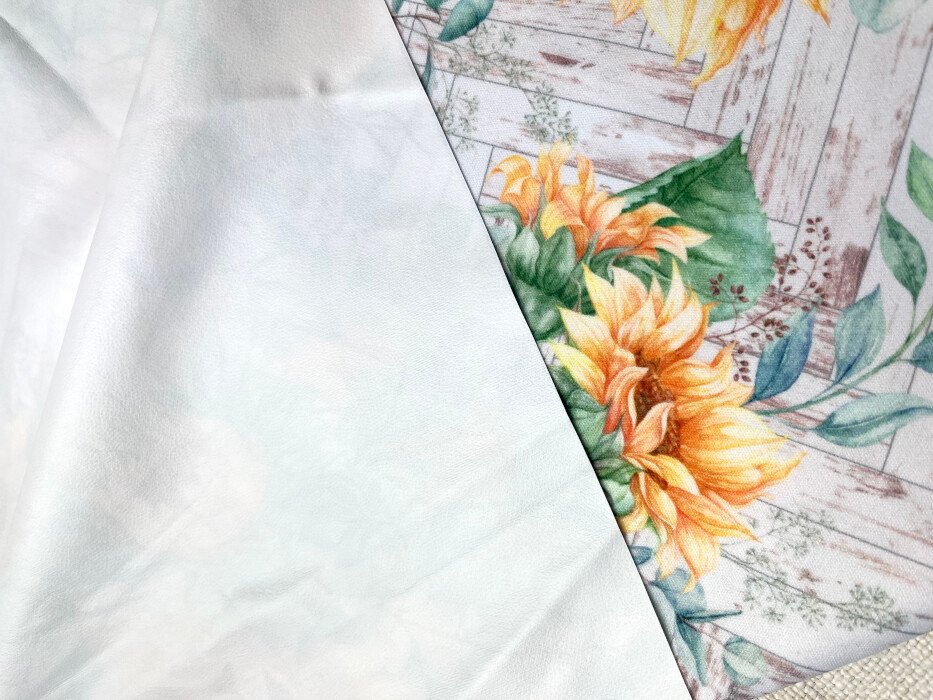
PUL is most undoubtedly the most popular backing materials for sanitary pads when you consider what is available on the market. Pretty much all the retailers sell just pads with this fabric. To understand it why, you just need to look at what it is. PUL is a polyester interlock fabric with a thin water resistant coating thermally applied on the reverse (think clear swimwear elastic). This is what reusable nappies and wet bags are made out of; and, while most pads are solid colours, the PUL can be printed in the most dazzling and pretty prints.
It is very reliable of keeping the moisture from penetrating, unless you completely drench it, which is highly unlikely for menstrual or maternity pads. For these you would first see leaking sideways before getting your knickers stained. Blood is more viscose than water, so you do not really need PUL for both the sanitary and maternity pad, but I would recommend it for heavy incontinence pads.
On the flip side of being reliable, the pads take longer to dry. If you have plenty enough, that may not be an issue. However, I like my pads to dry within the same day on the clothes line, so I no longer make sanitary pads with PUL. Additionally, some users report that the pad with PUL backing slip around as you move. I personally have not experienced it, but my guess is that it depends on the underwear. An undergarment made of polyester or thin cotton would be too slippy, reducing the friction and allowing the free movement.
Softshell
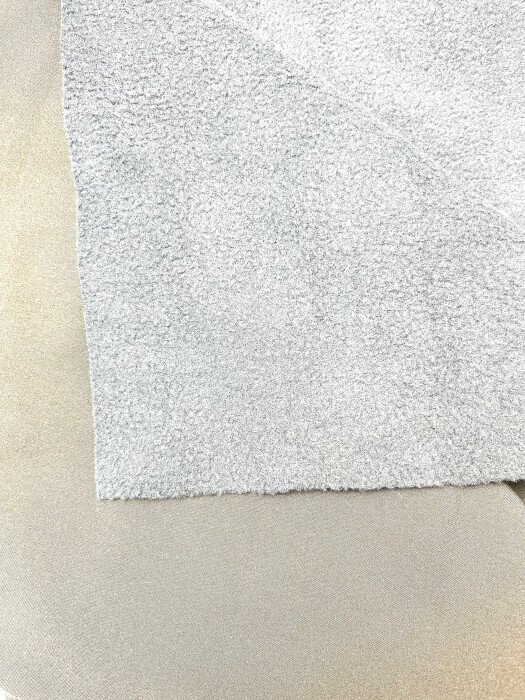
I moved to softshell after my initial experiments with PUL. Softshell is very similar to PUL in that you have a water resistant layer. Most online fabric shops describe the softshell as a material that is made of two layers, however my experience with the fabric is somewhat different. I would described it as three layer material, with a water resistant PU layer in the middle, sandwiched between an outer polyester interlock and polyester fleece linings.
In a nutshell, I would use it to replace the PUL, to negate the slippiness of the PUL, as I would use the softshell fleece layer as “right” side of the fabric. It is still quite warm in hot climate and takes as much time as PUL to dry. This is another backing material I would suggest to use for reusable incontinence pads.
Polar Fleece
Polar fleece backed pads do not slip around and are quicker to dry. This is the most common and popular backing material for reusable pads in the handmade market. While it is not water resistant as PUL and softshell, somehow there are no leaks even on heavy days!
Polar fleece is double thickness polyester fleece that is used to give extra warmth to the garment made out of it. Therefore, it retains the warmth on scorching days. I liked to use it but I found the fabric to be a little too thick for my liking, adding unnecessary bulk to the pads, especially when compared to the PUL backed pads.
Antipill fleece
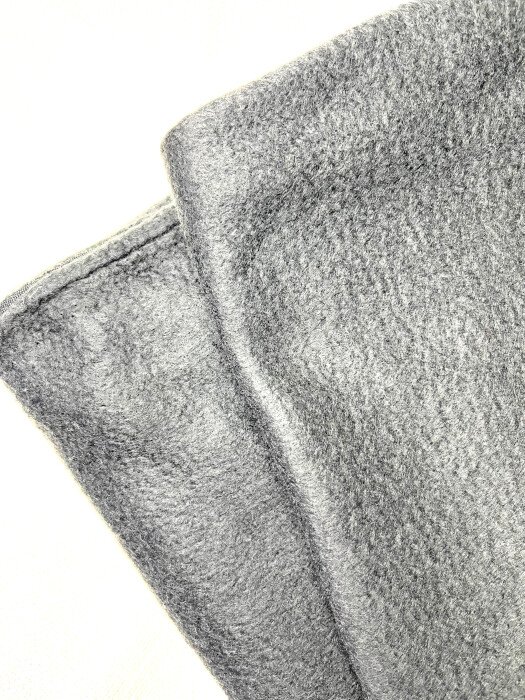
To cut down on the bulk of polar fleece, I tried just a standard microfibre fleece. Oh boy! Isn’t this a dream! Just like Polar fleece, it does not leak but it comes with additional benefits – it is cheaper, more widely available material, it is thinner and if you thought that Polar fleece dries quickly, then this one is even better.
You cannot go wrong with antipill fleece for your menstrual and maternity pads. I have not tested it one the incontinence pads but you could use it on light incontinence or adding extra absorbent layer for added security. Where Polar fleece would have given an extra bulk, you can use micro fleece and thicker absorbency options to get the same thickness but more reliable pad.
Cotton sweatshirt/ combed cotton terry
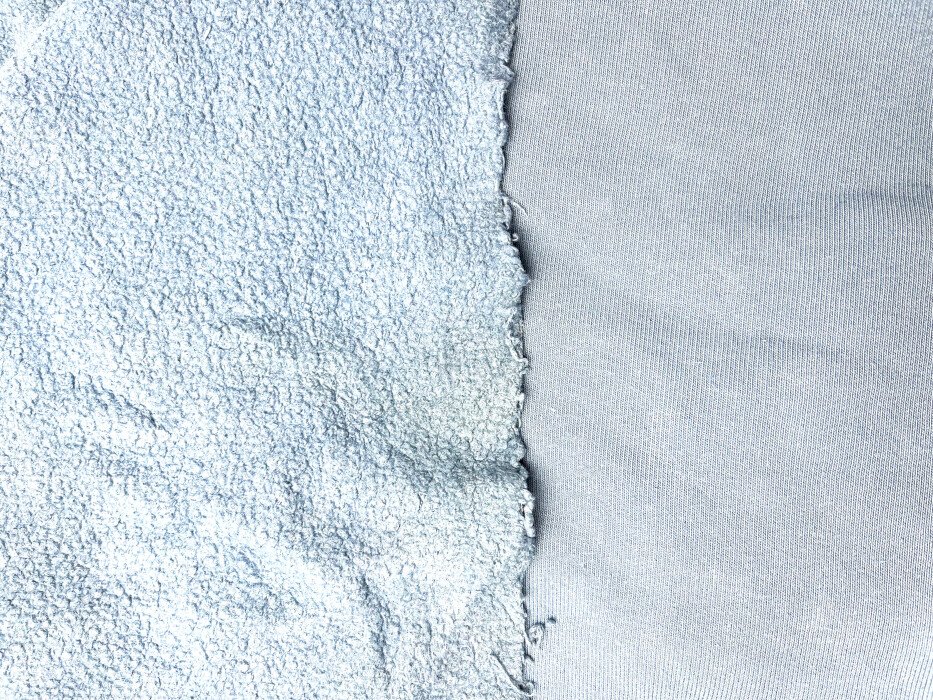
And my final recommendation for the backing material for reusable pads is cotton sweatshirt (aka combed cotton Terry) or a cotton French Terry. In a chronological order this was the last material that I tried and used on all the additional pads that I needed for the postpartum care.
While I accepted that it may come with a risk, considering the intended use, I was certain that it will work, especially that I would be staying at home for most part of the six weeks after the arrival of the baby. You see, I was adamant that I wanted all natural solution to help with post pregnancy recovery and to reduce the impact on the plant. I should not have fretted, it worked wonderfully.
As this material is also absorbent, it gave additional fabric to soak up the discharge. It washed wonderfully, dried quickly and did not leak. Ok, maybe a little staining but that was sort of expected. But all in all, outperformed all the disposable options I tried after the arrival of my first baby.
Summary of backing materials for reusable pads
The best option for the materials for reusable pads is to use what you already have! Seriously, if you already have PUL, softshell, or French Terry, just use that. This way not only you reduce the impact on the environment by not buying yet additional material, but you also save your hard earned money. It is a win – win. But if you have neither, or are after that perfect reusable pad, then the the world is your oyster. Decide which of the features you rate the highest and come up with a solution that works for you. For me, that is always going to be all natural and reasonably easy drying option of cotton fibres.

